Evolving Identity: The changing face of Dhanmondi
The place has a chequered history. Compared to other areas of the city, Dhanmondi still retains its residential character to some extent, despite being home to commercial enterprises, educational institutes, restaurants, hospitals, diagnostic centres, and rising apartments.
Many older residents of the locality feel that the flavour of the neighbourhood is lost; the newer residents are divided -- some still consider Dhanmondi an attractive place to live, while others find it just like any other place in Dhaka, a space devoid of characteristics that make a residential area feel like home.
The beginning…
In his book, Dacca: History and Romance in Place Names, Azimusshan Haider mentions the origins of the name -- Dhanmondi.
He states, "It derives its name presumably not from the fact that paddy once used to grow at what now is a posh residential area, but more likely because there used to be a Haat (impromptu market) of paddy (and other cereals) brought from rural areas."
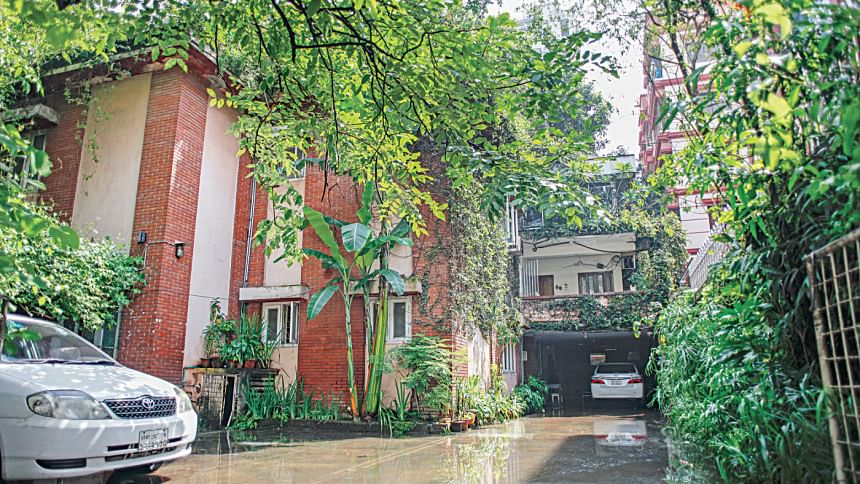
We used to sit on the banks of the lake, while my grandfather -- a seasoned angler -- would use pieces of worms as bait for the fish. We would rejoice at the sight of him making a catch! Weekends were spent with family by the lake.
People are well aware of this connection that led to the naming of the place, however, it is a lesser-known fact that the place was a part of Dhaka even in the Mughal era. Dhanmondi Eidgah on road 6/A is a reminder of that glorious past.
Established in 1640 CE by Mir Abul Qasim, during the reign of Subahdar Shah Shuja, son of Mughal Emperor Shah Jahan, it is one of the oldest Mughal establishments in the city.
After the Partition of 1947, Dhaka once again became a capital and there was a need for a new, upscale neighbourhood. The government of hitherto East Pakistan took the initiative to acquire 400 acres of agricultural land, levelled them and allotted plots to notable citizens including ministers, government officials, public leaders, professionals, and businessmen.
The price at that time was a mindboggling Tk 5,000 per bigha!
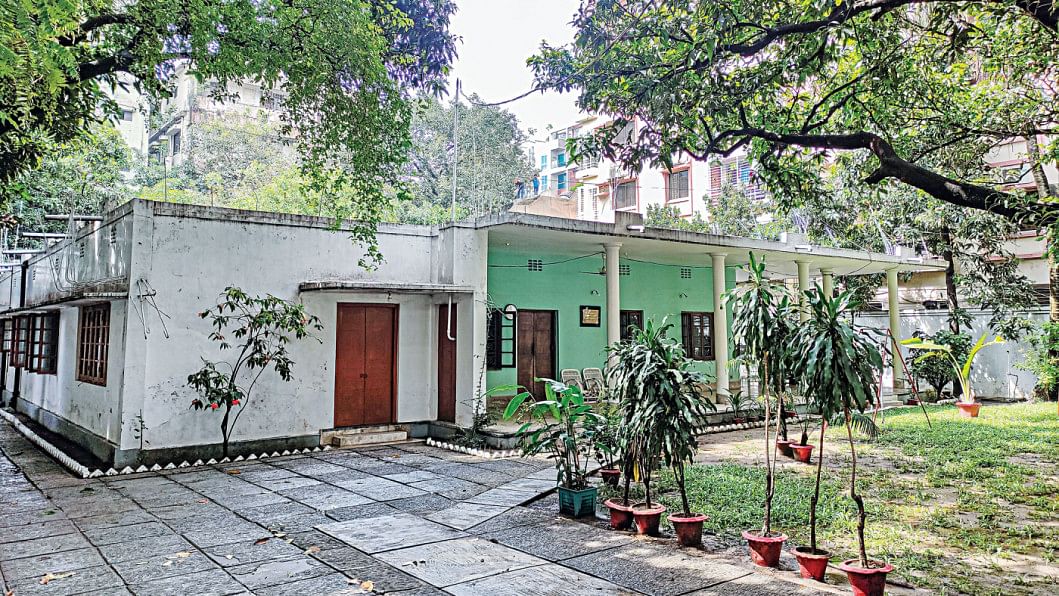
Dhaka's upscale locality
"I grew up in Dhanmondi in the early 1980s and used to live in a cherished two-storied house of my maternal grandfather, built in the late 60s. Although I was young, I can still recollect the cosy porch and the front yard where he lovingly cultured roses and grew dahlias. Those were truly wonderful days. However, the house has since been torn down to make room for an apartment complex that now accommodates future generations," said Atif Adnan, a businessman in his mid-40s.
Older residents can recall the single-unit houses (some of which remain) and the wide roads that marked the area. In those glory days, this place had a certain quietness, something that is still widely missed.
What made the locality even more appealing was the presence of the lake -- remnants of what was once a flowing waterway. In the distant past, it was an abandoned channel of the Karwan Bazar Nadi that flowed to the Turag river.
The lake was a tranquil, secure, and pristine spot. The rivers have changed their course, but the waterbody remains an oasis amid the urban landscape, a silent reminder of a memorable past. It still serves as a recreational hub and a picturesque setting for morning walks and leisurely boat rides.
As Adnan fondly recalls, "We used to sit on the banks of the lake, while my grandfather -- a seasoned angler -- would use pieces of worms as bait for the fish. We would rejoice at the sight of him making a catch! Weekends were spent with family by the lake. There used to be boats which would take us on leisurely tours around the lake while my grandfather focused on his fishing."
The changing scenes
Tahmina Hossain, 63, is a homemaker and has been living in the area since the early 1990s. She is a first-hand witness to the apartment culture that many claim ruined the "residential nature" of the place.
"We moved to a flat from our home in Shantinagar, hoping for better living conditions, and in the last 30 years or so, have witnessed numerous changes in the area -- both good and bad!" she said.

"There has been an alarming increase in traffic congestion. On weekdays, the whole area comes to a standstill once the school hours end. Street looks like a parking lot on weekdays!"
Residents like Tahmina Hossain feel that the inner roads are congested with parked cars due to the lack of designated parking spaces for schools, banks, and offices.
"After the pandemic, renovation of the roads has made noticeable improvements. The revival of the lake has added to that. But it also brings in a lot of visitors to the place, which creates heavy commotion during holidays," said Hossain.
"The place has transitioned more into a commercial centre than a residential area. Almost every local and international brand now has showrooms here, catering to the convenience of the residents. And what should I say of the mushrooming growth of eateries? Sometimes, it feels like utter chaos!" she added.
Sharifuddin, who recently moved here, said, "Despite all the negativities, Dhanmondi remains one of the most secure areas in the city. Yes, it is chaotic, but the easy access to schools and nearby offices still makes it a good place to live, only if one could reduce the high cost of living that comes with staying here."
What the future holds
Tahmina Hossain believes that the rampant commercialisation of the place is hampering the residential nature of Dhanmondi. She points out some of the aspects that were once the highlight of this locality.
In recent times, the diminishing greenery is one of the most talked about aspects of life here. The felling of the trees in Saat Masjid Road has been a stark reminder for everyone in Dhaka, that we are losing an essential aspect of life in this city.
Tahmina Hossain also says, "Despite Dhanmondi's reputation for cricket, football clubs and their sporting activities, there is a notable absence of designated playgrounds for children to play in."
Those who were fortunate, even as non-residents, have memories of the quietness of the place and the wide roads that would serve the people living there. The single plots have now turned into multi-storied apartments and the paved streets are no longer wide enough to support the influx of current inhabitants of the locality.
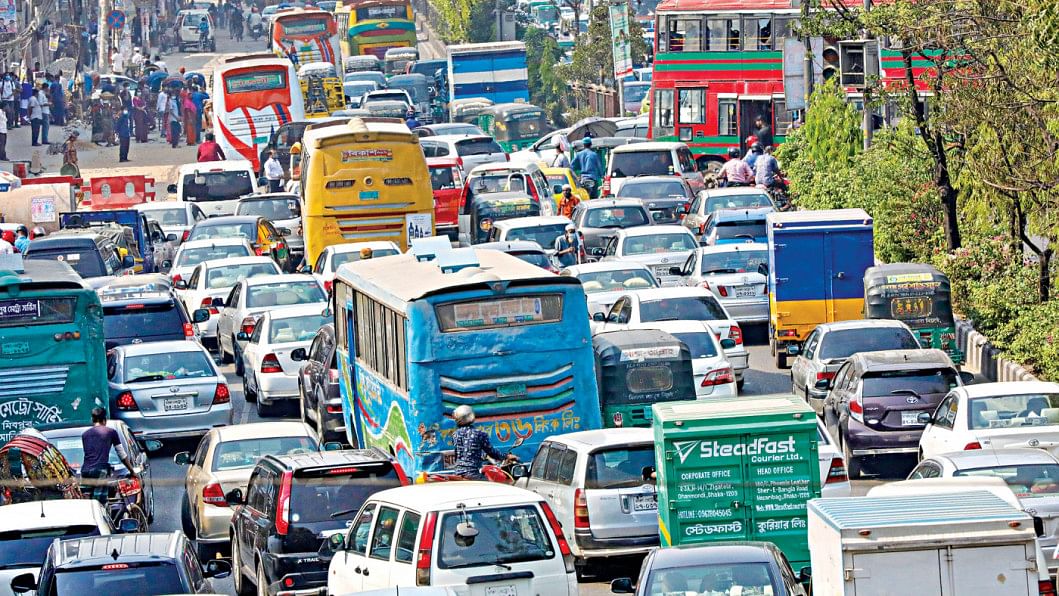
What was a boon in the past has now turned into a curse for the area. Easy access to good schools, hospitals, and diagnostic centres are now the very establishments crippling the residential nature of the area.
As Dhanmondi continues to evolve, the echoes of its storied past mingle with the realities of its present. Posts on social media by former residents and random citizens of Dhaka illustrate the bygone days. The pictures give a vibe of the warmth and camaraderie of life in the area. How will one see Dhanmondi in the near future? Chances are just like many other areas of the older part of the town, Dhanmondi will soon lose its place as one of the most liveable areas in Dhaka. And that should be our alarm to wake up!

 For all latest news, follow The Daily Star's Google News channel.
For all latest news, follow The Daily Star's Google News channel. 
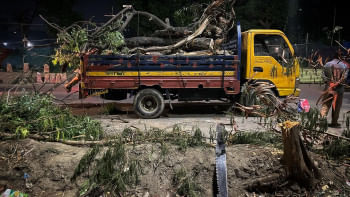



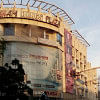
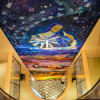


Comments